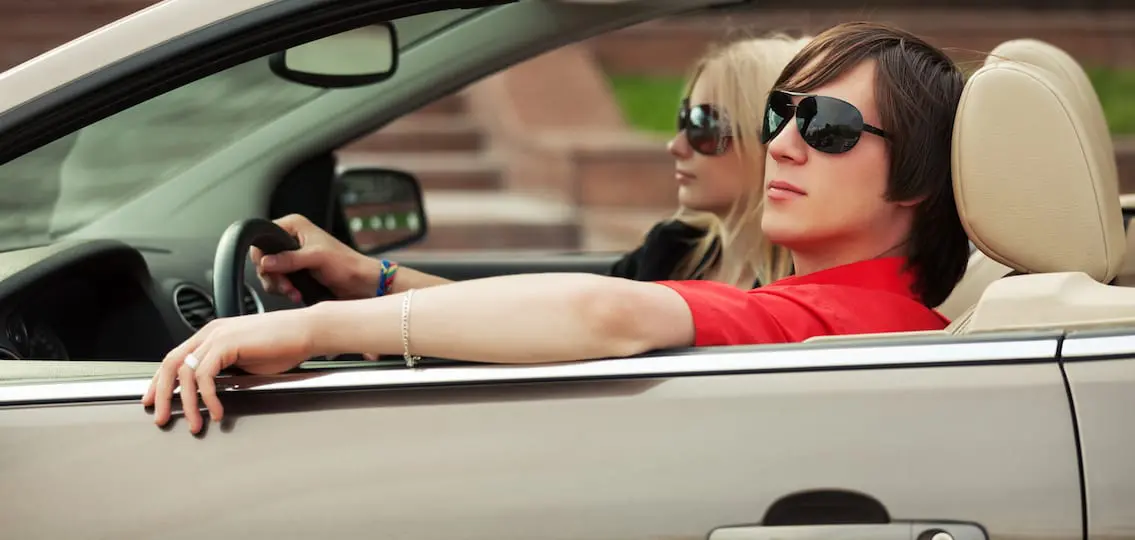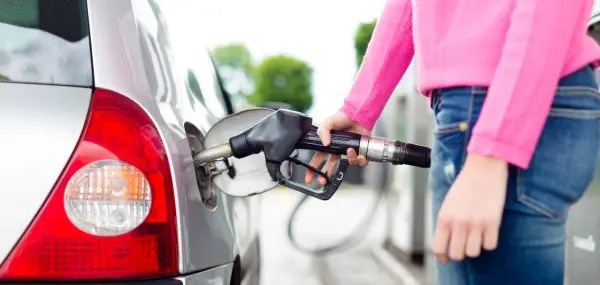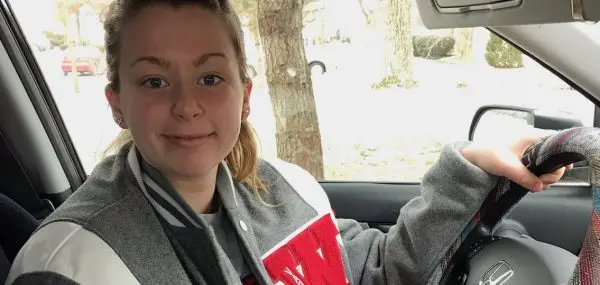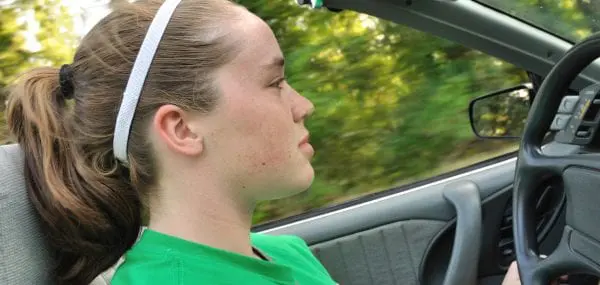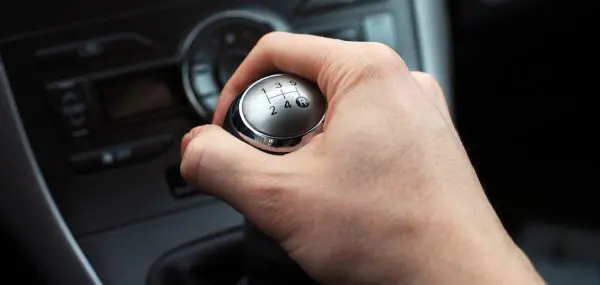My son just got his driver’s license. In our state, we have a graduated drivers licensing system. The rules are that for the next year, my son is only allowed to drive with one non-family member in the car and is also not allowed to drive after midnight. He’s insisting that no one follows these graduated driving restrictions and neither should he.
There must reasons behind these restrictions for young drivers (besides giving my teenager a reason to be aggravated!). And there are.
Graduated Driving Licenses Save Lives
Most states now have some form of graduated drivers licensing in place. The restrictions for young drivers vary from state to state, but in general, under GDL, drivers must go through three stages in order to earn full driving privileges. These are the supervised learning period (the permit phase in which your teenager is learning to drive with supervision, typically 50 hours); the provisional driver’s license (typically a year, during which your teenager’s driving privileges are limited); and the unrestricted license (which are the full driving rights you enjoy as an adult).
States have adopted the GDL process for one simple reason: restricted license rules save teenager’s lives. Motor vehicle crashes are a leading cause of death for 15- to 20-year-olds, according to the National Center for Health Statistics.
Similar to seatbelt laws, which made wearing a seatbelt compulsory in the 1980s, states began passing GDL laws in the 1990s. According to the National Highway Traffic Safety Administration, from 2007-2016, driver fatalities declined by 40 percent in the 15- to 20-year-old age group, in large part thanks to GDL laws.
Still, even with GDL, teenage drivers are twice as likely as adults to be in a car crash, thanks to inexperience and immaturity.
GDL seeks, in effect, to protect teenagers from themselves.
It does so by restricting them from driving in the situations shown most likely to lead to accidents. Experts have found that there are two situations that are the most risky for teen drivers: driving with a group of friends and driving at night.
| [adrotate banner=”99″] |
Peers are highly distracting when a teenager is behind the wheel. A 2008 study found that driving with just two friends in the car more than triples the risk of a fatal crash when a teenager is at the wheel. Even if the friends are sitting quietly in the car, it still increases a teenager’s risk of a fatal crash. According to another study, just being observed by peers made teen drivers more likely to engage in risky behavior.
Driving at night is more dangerous than driving during the day for all drivers, but particularly for inexperienced teenage drivers. That’s why most states require teenage drivers with provisional licenses to be off the road by around midnight.
After a year of following these provisions, teenage drivers automatically earn an unrestricted license and will be able to drive with multiple friends and late at night.
But they will also have the experience to handle these riskier situations.
Be sure to find out what your state’s particular GDL rules are by visiting your Department of Motor Vehicle’s website.
Experts recommend parents create a driving contract for a new teenage driver. This contract lays out the rules under which your teenager is allowed to drive and the consequences for not following those rules. Your state’s GDL guidelines should be part of this contract. And last but not least, stress the experts, remember that the contract is only as good as your enforcement of it.
